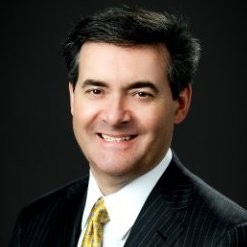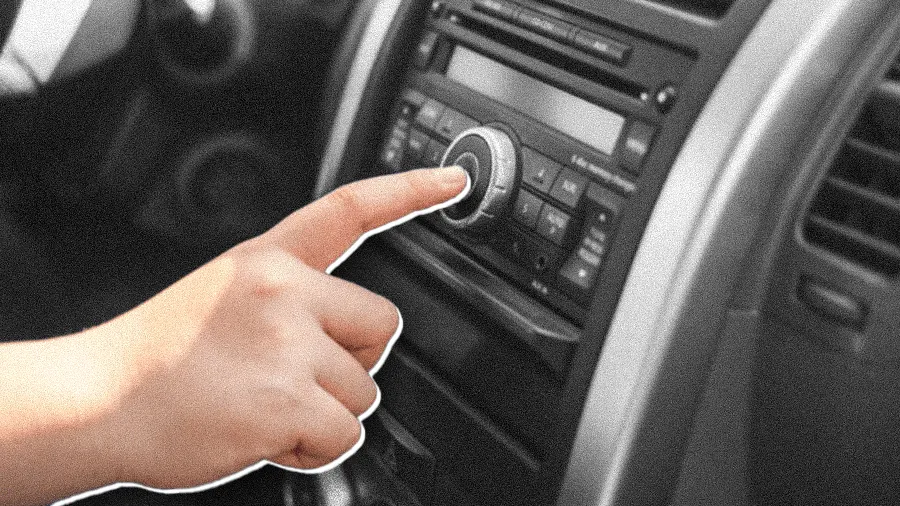Don't call it a comeback. While it's easy to assume AM/FM radio is a relic in the era of on-demand playlists and algorithmic curation, the data suggests otherwise. Nielsen recently reported that AM/FM radio still reaches 87% of the U.S. each week, with its largest audience in the 18-to-34 demographic.
We spoke with Pierre Bouvard, a media executive with deep experience in audience measurement and cultural trends. As the current Chief Insights Officer for Cumulus Media | Westwood One, he develops media and marketing insights for the company's sales operations. His career tracks alongside key moments in media innovation, from launching Arbitron's influential Portable People Meter (PPM) system to helping establish the nation's first major market hip-hop stations, "Hot 97" in New York and "Power 106" in Los Angeles.
Workday wattage: For Bouvard, calling radio’s health a “comeback” misses the point. He believes it’s not a narrative of resurgence but one of persistent, overlooked strength, grounded in its fundamental role in the lives of millions. "It is the soundtrack of the American worker. The reach has been consistent and persistent, so I don't see a ‘resurgence.’ In America, it remains the mass reach media."
Car and couch: The data suggests streaming's growth is a complement, not a replacement for radio. Bouvard says that while the proportion of radio listening via a stream has nearly doubled since 2017, from 7% to 13%, the context of where people listen is the key. "Now, some would argue, why isn't it growing faster, like TV?" Bouvard asks. "Well, 99% of TV gets consumed at home, where you have Wi-Fi, broadband, and many devices. Two-thirds of all radio listening occurs away from home, and almost half occurs in the car."
On smart speakers, AM/FM radio holds a 54% share of all ad-supported audio, followed by podcasts at 20%. "When you look at the people who stream radio, about a third of them consume radio only that way," he says. "For advertisers, buying both the over-the-air and the stream is advantageous because, with the stream, you get incremental reach that you wouldn't get on terrestrial. The other two-thirds of people, who stream radio, also listen over the air."
That dynamic points to a change in what drives listener loyalty. As music becomes a commodity, the human connection created by on-air personalities is increasingly the primary reason listeners stay tuned in. "The interesting thing about radio is that each station does just one thing," Bouvard notes. "You are the country station. You don't have a sitcom, then a reality show. For those people who love that music and those personalities, that station is their friend." In focus groups, Bouvard hears listeners describe hosts as family members, recalling personal details such as when a host's child was born or when a spouse was sick. It's a bond that creates a level of engagement that algorithms struggle to replicate.
The personality principle: In fact, personalities upstaged music as the number one reason people listen to the radio for seven years in a row. About half of listeners want to connect in person with their on-air favorites, especially in younger generations, and personality turnover is a primary reason listeners leave. "I can get my songs and music on Spotify, but the personalities are really the draw for radio," he explains. "There is deep meaning and almost a friendship for that most preferred station that I think is unique in media. There is a tremendous emotional connection to these stations, especially when there is a cultural connection. And that has really persisted."
AI experimentation in radio is focused on niche, functional areas, like using AI to voice hyper-local tags at the end of national ads. "For example, you have a national ad, and at the end, it's tagged with 'available at Target and Kmart.' In every city, you have to say the name of the local store where it's available. That's an easy use case to let an AI run that tag," he says, emphasizing why AI isn't replacing human talent. "What radio DJs and podcasters do is very authentic. They're not scripted. It's really conversational," Bouvard says. "The tech is always going to be there. But continually investing in human storytelling, which has been present since the start of human culture, proves the resonance of radio that we're seeing in the data."

